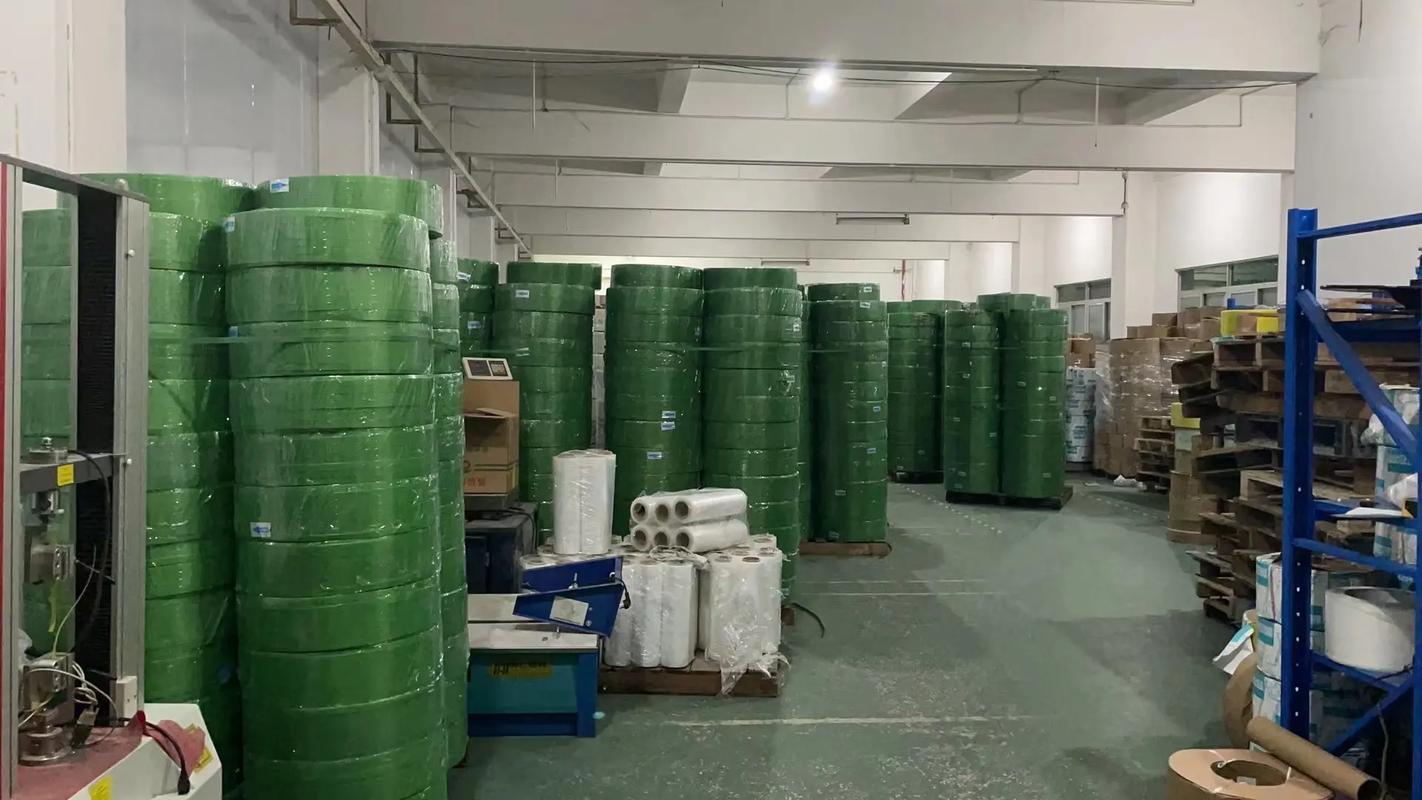In the modern logistics and packaging industry, securing goods for transportation and storage is crucial to prevent damage and ensure efficiency. One of the most widely used solutions for this purpose is the strapping band, also known as strapping tape or packaging strap. This essential material is used to bundle, reinforce, and secure items during shipping and handling.
Understanding Strapping Bands
A strapping band is a flexible, durable strip made from various materials such as plastic, polyester, or steel. It is primarily used to hold items together or fasten them to pallets for safe transportation. Strapping bands are commonly applied using specialized tools like strapping machines or hand-held tensioners, which tighten and seal the strap around packages, crates, or heavy-duty goods.
Types of Strapping Bands
1. Polypropylene (PP) Strapping
Polypropylene (PP) strapping is lightweight and cost-effective, making it ideal for light to medium-duty applications such as securing cartons, paper products, and small packages. PP strapping is widely used in industries like food packaging, warehousing, and distribution.
2. Polyester (PET) Strapping
Polyester (PET) strapping is a stronger alternative to PP and is commonly used as a replacement for steel strapping in many applications. PET strapping provides excellent tension retention and high break strength, making it suitable for securing heavy loads such as bricks, timber, and metal products.
3. Steel Strapping
Steel strapping is the most durable type and is used for heavy-duty applications where high tensile strength is required. It is commonly applied in industries such as construction, automotive, and metalworking, where securing heavy loads is critical.
4. Nylon Strapping
Nylon strapping offers higher strength and greater flexibility than PP and PET straps, making it a preferred choice for applications requiring strong tension and shock absorption, such as aerospace and industrial packaging.
5. Corded and Woven Strapping
Corded and woven strapping is a textile-based alternative, providing a strong and flexible solution for load securing. It is commonly used in export packaging due to its lightweight nature and excellent shock resistance.

Advantages of Using Strapping Bands
- Secure Load Stability – Strapping bands ensure that goods remain intact during transportation and storage, reducing the risk of shifting or damage.
- Increased Safety – Proper strapping minimizes the chance of accidents caused by falling or unstable loads.
- Cost-Effective – Compared to alternative securing methods, strapping bands provide an economical solution for bundling and securing packages.
- Versatile Application – Strapping bands can be used in various industries, including logistics, manufacturing, and agriculture.
- Environmentally Friendly Options – PET and some PP strapping options are recyclable, making them a sustainable choice for packaging needs.
Common Applications of Strapping Bands
Strapping bands are widely used across multiple industries, including:
- Logistics & Shipping: Securing pallets and cargo for transport.
- Construction: Bundling bricks, lumber, and steel rods.
- Manufacturing: Reinforcing industrial equipment and machinery parts.
- Retail & E-commerce: Packaging consumer goods and ensuring product safety during delivery.
- Food & Beverage: Securing bulk products like bottled water, canned goods, and boxed food items.
Choosing the Right Strapping Band for Your Needs
Selecting the appropriate strapping band depends on several factors:
- Load Weight – Heavy loads require high-strength materials like PET or steel strapping.
- Environmental Conditions – Weather-resistant strapping is necessary for outdoor storage and shipping.
- Application Method – Manual or automatic strapping machines determine the type of strapping required.
- Cost Considerations – Balancing cost-effectiveness with durability is key to selecting the right strapping material.
Conclusion
Strapping bands play a vital role in packaging, logistics, and industrial applications. Whether using polypropylene, polyester, or steel, these bands provide a reliable way to secure goods, ensuring safe and efficient transportation. As global trade and e-commerce continue to expand, the demand for high-quality strapping solutions will only grow, driving innovation and improvements in packaging technology.
For businesses looking to enhance their packaging operations, understanding the benefits and types of strapping bands is essential for optimizing efficiency and safety.
Post time: Mar-04-2025


